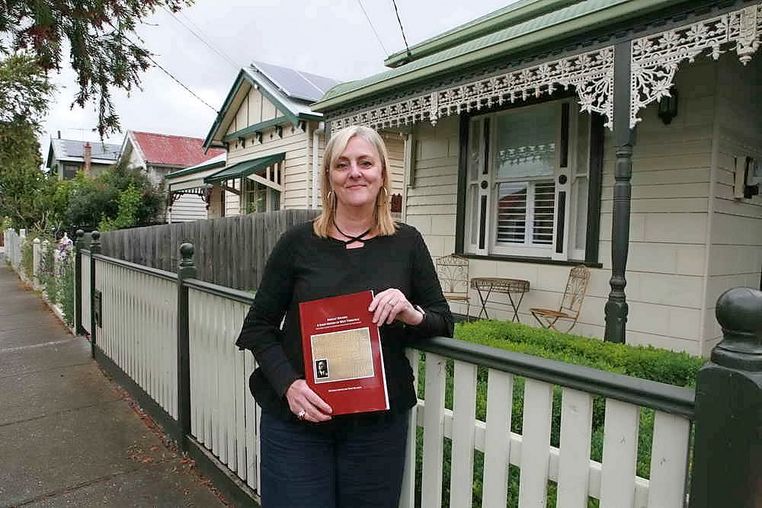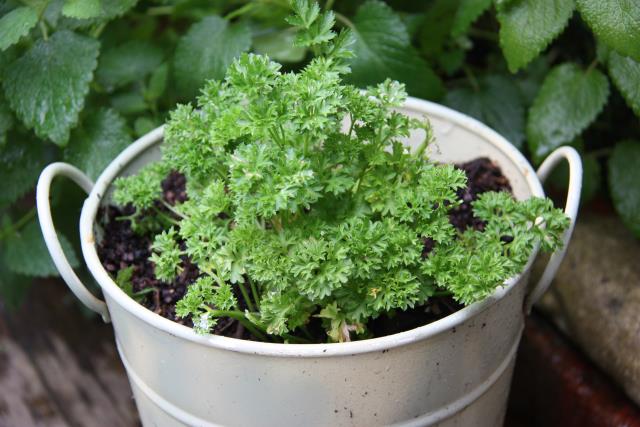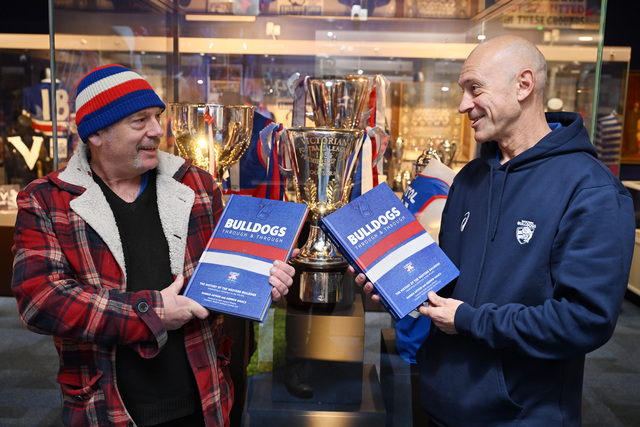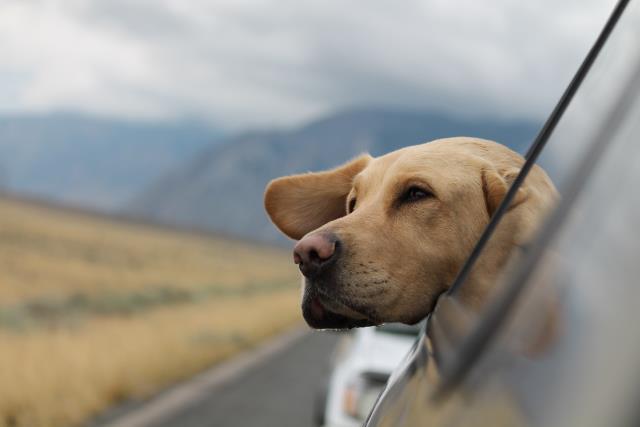Curiosity about the history of her Kingsville home was the first step in an evolving journey into the inner-west’s rich past for Emma Curtin. She speaks with Benjamin Millar
What’s your connection with Kingsville?
I’ve lived in Queensville Street, Kingsville, for about 15 years and now consider myself a real “westie” (although I was born in England). I moved here from Lysterfield (near Ferntree Gully) to be closer to the city. I admit I knew practically nothing about the area at the time.
What do you like most about the area?
I really love the community feel – I’ve got great neighbours. There’s just such a great vibe about the place and I love the fact that more and more young people are moving in, many with children who will grow to love the place, too.
There’s also so much to do in the area – whether deciding on your favourite coffee spot, going to the movies, walking the dog through Cruickshank Park or shopping in the village and farmers’ market. One of the great attractions was the heritage homes – my place was built in 1913 and I love it, despite the wonky doorways!
What are your favourite local places?
I love the Sun Theatre – how spoilt are we? And you can’t go passed Gojé for a yummy treat after a movie. Then I’ll head to TurneRound Fitness in Seddon to work off the over-indulgence – love the fact that I can walk there from home.
I just love walking around the area and particularly love the cemetery – is that weird? So much history and so many stories.
How did you get interested in the area’s local history?
I’ve always loved history and used to teach at La Trobe Uni. Through a series of coincidences, I met up with Tony Kelleher, who has done an amazing amount of research and is really passionate about the west, too.
We got chatting and ended up writing A distinctive wedge in the west: A history of Kingsville. We decided to write Angliss’ Arcadia: A short history of West Yarraville. We’re looking at writing about Seddon next.
Both Tony and I were motivated to write the books so we could share the community’s history with the community and make it accessible. We’ve had great support from the Footscray Historical Society, and Tony has provided them with his original research material, if people want to know more.
What has been your favourite discovery about the area’s past?
There are so many things I love about the area’s history. For me, the great thing about doing this is the perspective it’s given me – looking at where I live with different eyes, walking past buildings I’ve walked past a hundred times, but now with an understanding of how that building got there and what was there before it.
Recognising that this area was once the hunting ground of the Yalukit-Willam people, later dominated by the industry that has shaped the suburb. It’s a fascinating history of different cultures, growth, development, work and play, all in a relatively small space.
What can you tell us about Angliss’ Arcadia?
Angliss’ Arcadia is focused on the area west of Williamstown Road to the cemetery, bound by Somerville Road and the Westgate Freeway. We called it Angliss’ Arcadia because in the first three decades of the twentieth century – when residential development really began – almost the entire area had been purchased by William Angliss (later Sir William), who owned a meatworks in Footscray along the Maribyrnong River.
He was determined to encourage his employees to buy their own land and homes on terms that were no more expensive than if they rented. He was also a great believer in the idea of the garden movement – providing green spaces and recreational activities for workers.
The book provides a brief history of the area from its indigenous beginnings through to plans for new developments in the 21st century and includes a guide to help people who want to discover their own house history.
Angliss’ Arcadia and A distinctive wedge in the west can be bought from the Footscray Historical Society: footscrayhistoricalsociety.org.au







